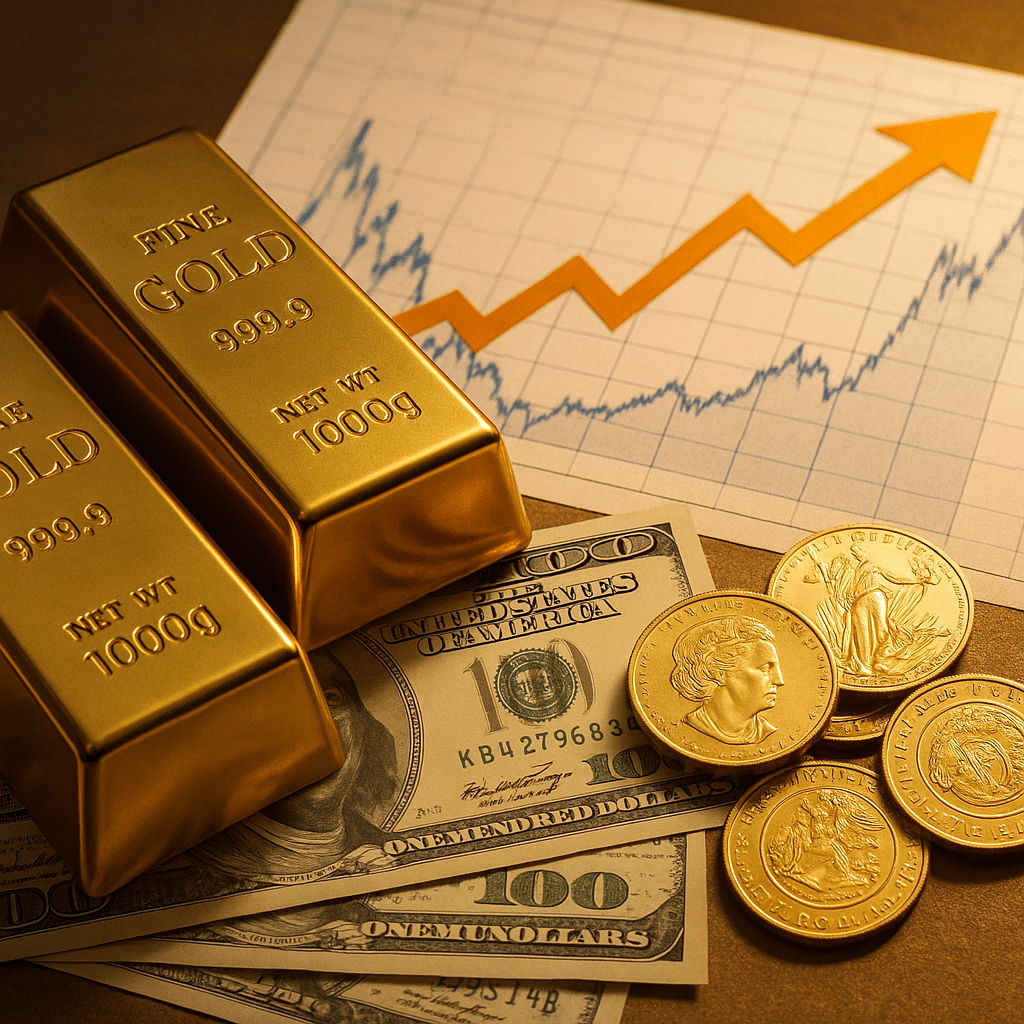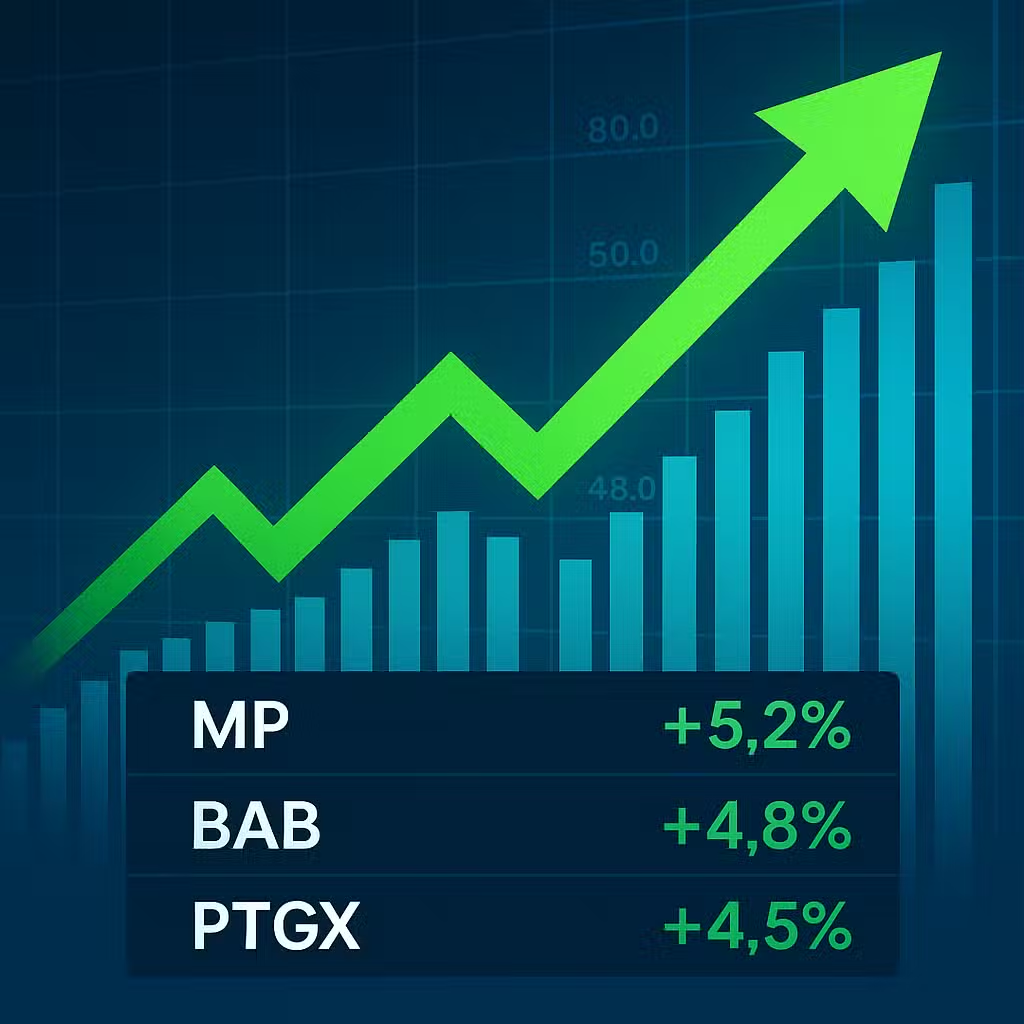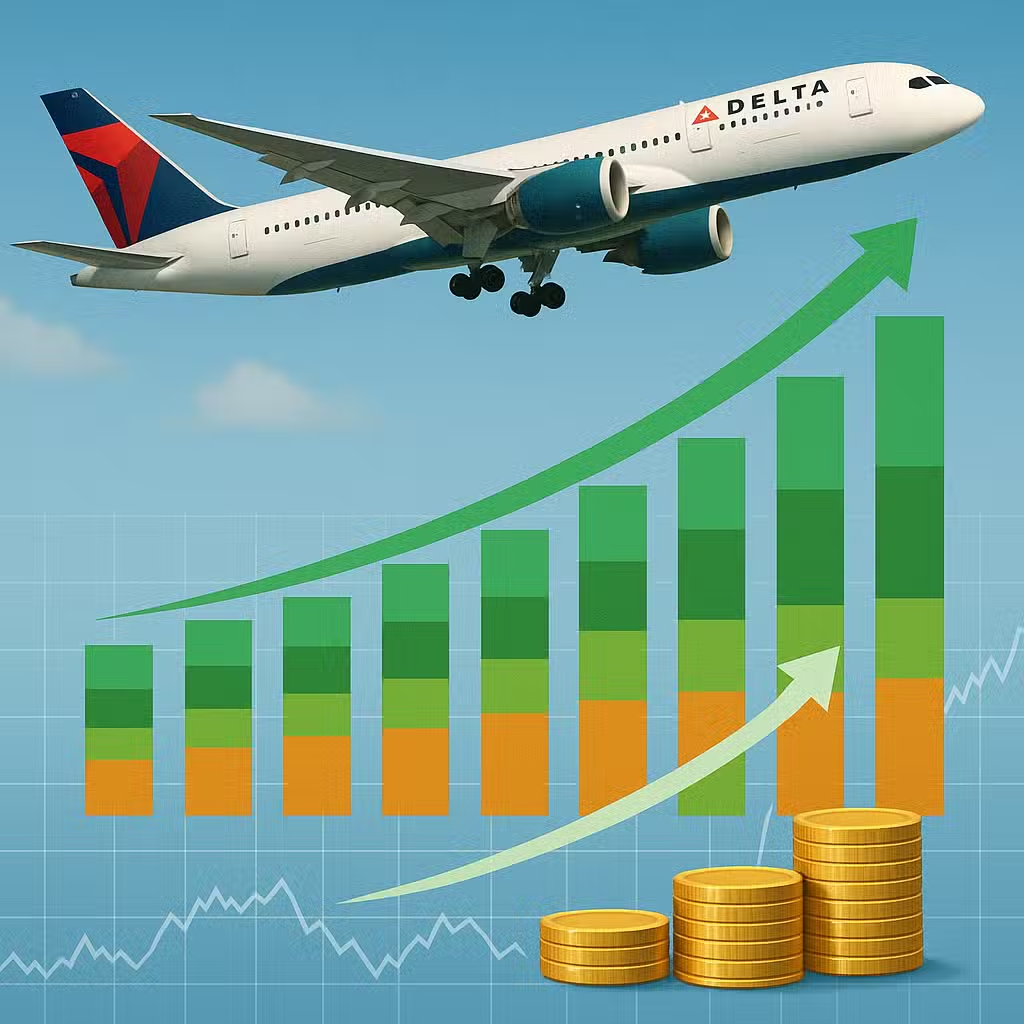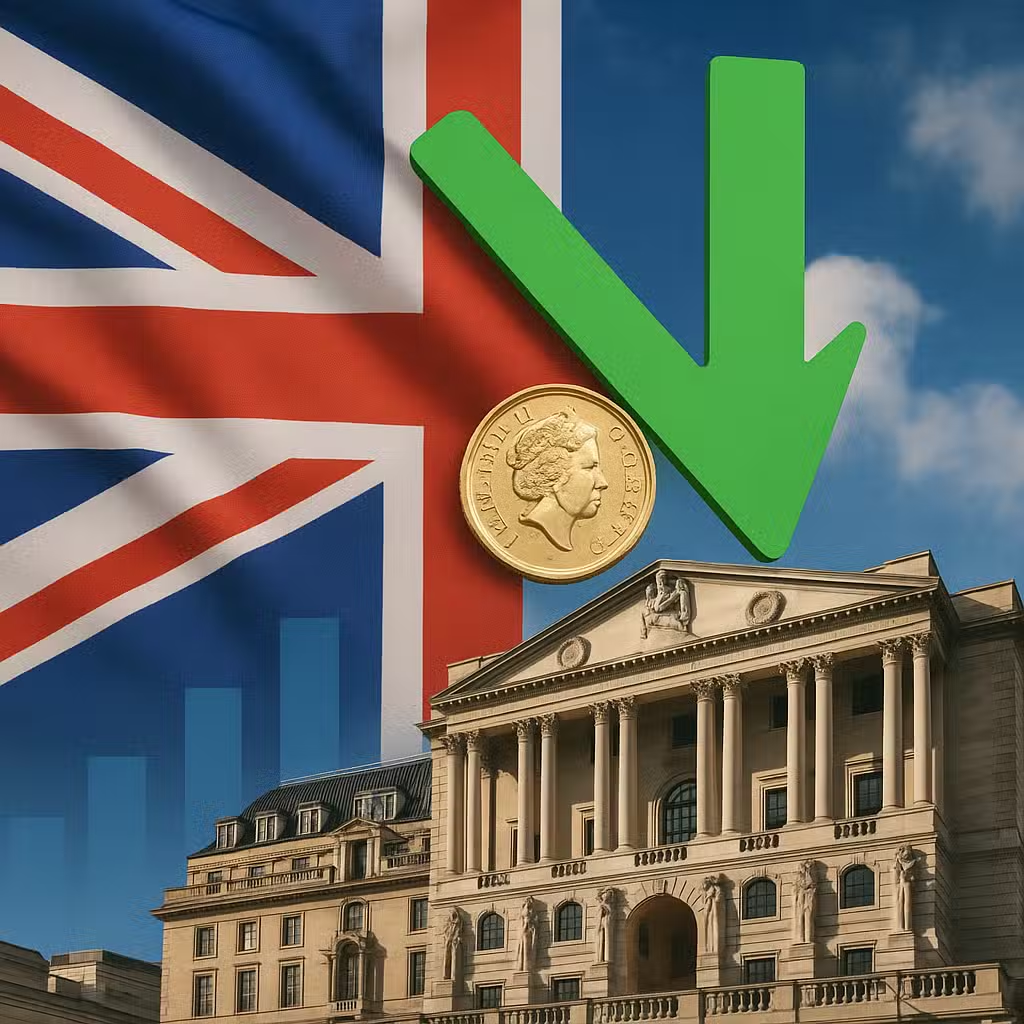Gold Starts at $4,001 as China Adjusts Tax Policy, Signaling Shifts for Investors
Imagine gold like a popular toy that everyone wants—when something changes about how you can buy it, the price and excitement can go up or down fast. That’s why gold’s latest move matters to investors everywhere.
What Happened With Gold Prices?
Gold futures started the week at $4,001 per ounce, a small jump from Friday’s price of $3,982.20. For about a week, gold has been trading between $3,910 and $4,040. This is like a toy staying at the top of the wish list for several days in a row.
Over the weekend, China announced a new tax rule for gold. Before, retailers could get a 13% tax break on gold they bought from special exchanges. Now, some of those stores—mainly jewelry shops not in the exchange club—can only get a 6% break. After this news, jewelry company stocks in China dropped.
Why Should Investors Care?
Gold isn’t just a shiny metal—it’s a safe place for money when the world feels shaky. Investors pay close attention to gold prices because big changes can signal trouble or opportunity in the markets.
This change in China’s tax policy could make gold jewelry more expensive in China and maybe other places, too. Higher retail prices could mean fewer people buy gold jewelry, which might affect gold demand around the world.
- One week ago: Gold was down 1.5%.
- One month ago: Gold was up 3.8%.
- One year ago: Gold was up a whopping 45.7%.
Gold’s big jump over the past year shows how much investors look for safety during uncertain times. According to the World Gold Council, gold has often performed well during periods of high inflation and global tension.
Bull Case: Why Gold Could Go Higher
- Safe-haven demand: When people worry about the economy, they often buy gold.
- Inflation protection: Gold has a history of keeping its value when prices go up everywhere else.
- Central bank buying: Countries like China and Russia have been adding more gold to their reserves.
- Tax changes limit supply: If fewer retailers can buy gold cheaply, less might be available for shoppers, which can push prices up.
Bear Case: Why Gold Could Fall
- Slower demand for jewelry: Higher retail prices might mean fewer people buy gold jewelry in China, the world’s largest gold consumer.
- Interest rates: If central banks raise rates, other investments may look more attractive than gold, which doesn’t pay interest.
- Price already high: After such a big run-up, some investors might decide to sell and take profits, causing prices to cool down.
How Gold Prices Work
Gold can be traded in two main ways: spot prices and futures prices. The spot price is what you’d pay for gold right now, like buying a toy off the shelf. The futures price is like promising to buy that toy in a month for a set price, hoping it will be worth more by then.
Gold ETFs usually follow the spot price, but buying jewelry or coins costs more because of extra fees and markups. Futures are contracts that let investors bet on where prices will go in the future, and these are traded on big exchanges.
Gold prices move up and down based on:
- World events and politics
- Central bank buying and selling
- Inflation
- Interest rates
- How much gold is mined
Investor Takeaway
- Keep an eye on gold prices—they often signal bigger economic trends.
- If you own gold stocks or ETFs, remember that tax and policy changes in big countries like China can move prices fast.
- Diversify—don’t put all your eggs (or gold bars) in one basket.
- Consider the reasons you want gold: is it for safety, growth, or both?
- Stay updated using reputable sources like the World Gold Council or Yahoo Finance gold tracker.
For the full original report, see Yahoo Finance







